Easy Classification of Tea – Know About Different Types of Tea and Origin
Tea is a magical aromatic beverage known as one of the most popular low-cost drinks. After water, it is the second most-consumed drink in the world. This beverage is made from the leaves and buds of a particular plant, the Camellia sinensis also known as the tea plant. The classification of tea is an important part of your tea journey as it gives a clear understanding of different types of tea and their origin.
The Camellia sinensis is an evergreen plant. It produces white flowers and it’s native to southeast Asia. It develops in areas of high altitude and heavy moisture more like the climatic condition of the Himalayas. It essentially grew wide for Millennium across the Himalayas on both the Indian and Chinese sides. This beverage wasn’t discovered until about 2700 BC when the Chinese begin preparing tea as a medicinal beverage. For the next few thousand years, it was part of what we call ‘ancient Chinese medicine’. Tea has immense popularity around the world but mainly consumed in the Indian subcontinent and China.
Based on the different aroma, texture, taste, and finish, tea can be classified into a variety of groups. However, the most common classification of tea is done based on the origin. After origin, there are various types of tea based on the tea processing and oxidation level. So, let’s begin the tea classification journey.
Types of Tea Based on Origin
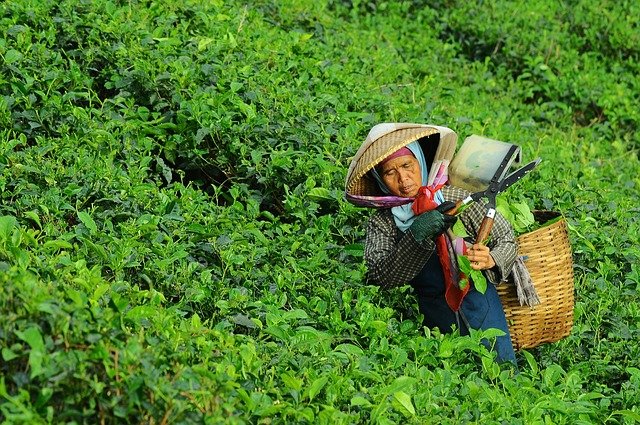
Initially, Camellia sinensis was considered as the only species of tea plant but later tea was divided into different races based on their origin. Today, three categories of tea are majorly recognized.
1. Camellia sinensis ( China tea plant)
2. Camellia assamica (Assam tea plant)
3. Camellia Assamica sub sp.lasiocalyx (Cambod or Southern form of tea)
Camellia Sinensis (China tea plant)
● This plant is used to make teas containing the maximum percentage of caffeine. 4% caffeine is present in the fresh leaves of this plant. The major part of the different types of tea.
● This plant grows near the southwestern province of China as an evergreen shrub forest.
● The usual length of the tree is about 1-3 meters. It has dark green hard, thick leaves like leather. The leaves are 4-15 cm long and 2-5 cm broad.
● The shape of leaves is more elliptical, oval, and ovoid.
● Camellia Sinensis is cultivated in subtropical tropical regions at an altitude of 2,100 m above sea level.
● This plant can survive in a low-temperature range (-12C to -20C), but cool temperature can inhibit its growth rate.
● Light green leaves are generally considered for tea production. It took 5 years for this plant to become a true tea producer.
Camellia Assamica ( Assam tea plant)
● The province tea plant under natural conditions may be a little tree 10–15 m tall with a trunk generally up to a third of its height.
● This tea plant has a solid branch system. In traditional plants, the leaf is skinny, thin, shiny, or shiny with an acuminate apex or different lateral veins.
● The leaves of this tea plant are sometimes 8-20 cm long and 3.5 -7.5 cm wide and lightweight inexperienced in color.
● This tea plant needs a greenhouse with extreme humidity and heat. The daytime temperature should be around 36 degrees celsius for its growth.
Cambod or Southern form of Tea
● Cambod tea plant could be a tiny tree 6-10 m tall with additional or less equally developed ascending main stems. It’s by habit could be a fastigiate tree.
● Cambod tea plant is also known as a highly fertile plant.
● It is cultivated in The Nilgiris And in the Western Ghats near Mangalore.
● The base of this plant petiole is pinkish-red in color which is a distinctive feature in this variety.
● The leaves of this species of the tea plant are glossy, light-weight, and inexperienced in color, sometimes pigmented with anthocyanin.
● In size, the leaves measure intermediate between China and Assam tea plant leaves.
● It grows in the temp. the range between 18-20 degree celsius
Types of Tea based on Processing and Oxidation
Here comes the interesting section of the classification of tea. This classification is based on the processing and oxidation level of tea, which introduces the different flavors, aroma, and texture to the tea.
White Tea
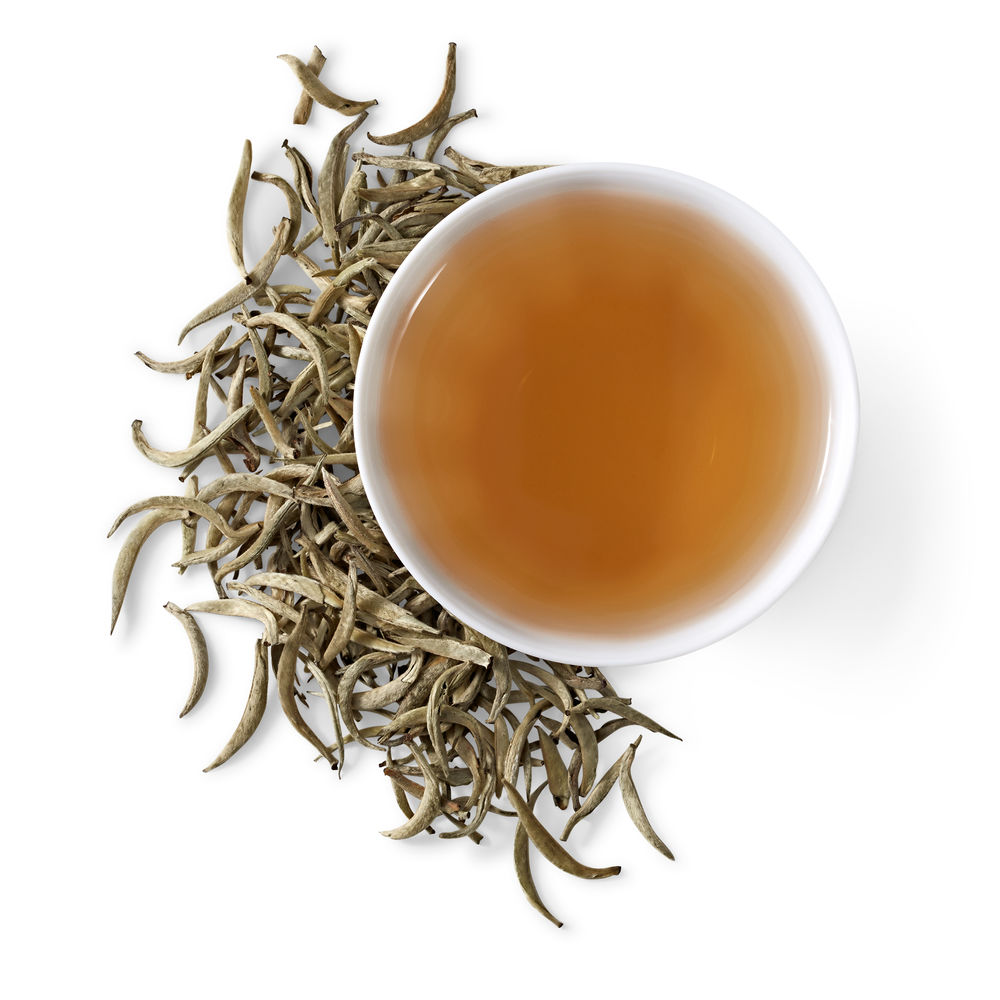
This tea has a very delicate, sweet, fruity flavor profile. The leaves are intentionally dried (when a reaction occurs). The finished tea leaves have a soft grey color, consisting exclusively of a stem and a pair of higher leaves from the strain of the plant (or typically, exclusively a stalk of high white teas). This type of tea has a low amount of caffeine and contains high levels of antioxidants.
It’s always understood that the foremost gorgeous ones come from the Fujian province of China. White tea is created in places that embrace Asian nations and even states.
Popular Varieties of White Tea
1. Silver Needle
2. White Peony
Green Tea
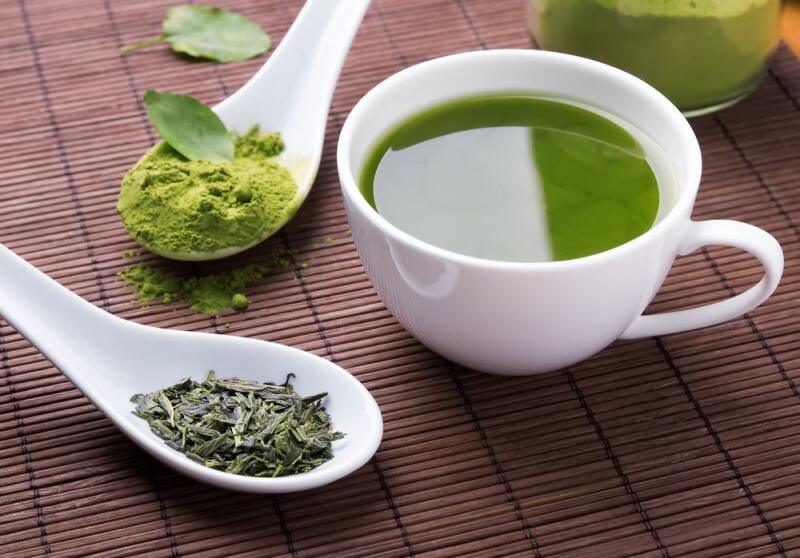
Green tea has more processing steps than white tea. This tea is also known as an unoxidized tea. The processing of this tea helps in preserving vitamins, minerals called Catechins (natural antioxidants) which are great for our health. It has a very earthy, bright, buttery, very grassy flavor. Steaming and pan firing is two main methods for its production. This well-known Chinese flavored tea embraces Longjing. This one is the most popular variety in today’s world when it comes to the types of Tea.
Popular Varieties of Green Tea
1. Sencha
2. Dragonwell
3. Matcha
4. Gunpowder green tea
Oolong Tea

Oolong tea is a semi-oxidized one. The foremost effective Oolongs come from Taiwan and China, though some will insist that Taiwan Oolongs are high. These teas need many production steps, with many variations in each step.
The appearance and flavor of Oolong tea are affected by the oxidation process. The level of oxidation lies between 10% (green tea) to 85%( black tea) from the low to high range. The leaves are typically collapsible or incised.
Good tea is soaked at least eight times. The higher the reaction rate of the tea, the tons of steps will be involved throughout this technique. The fashion for each oolongs tea is completely different, but usually one can expect a floral arrangement full of notes from sweet and foggy honey to the advantage of cream and fried flavors.
Popular Varieties of Oolong Tea
1. Ti Kuan Yin
2. Dan Cong ( Phoenix tea)
Black Tea
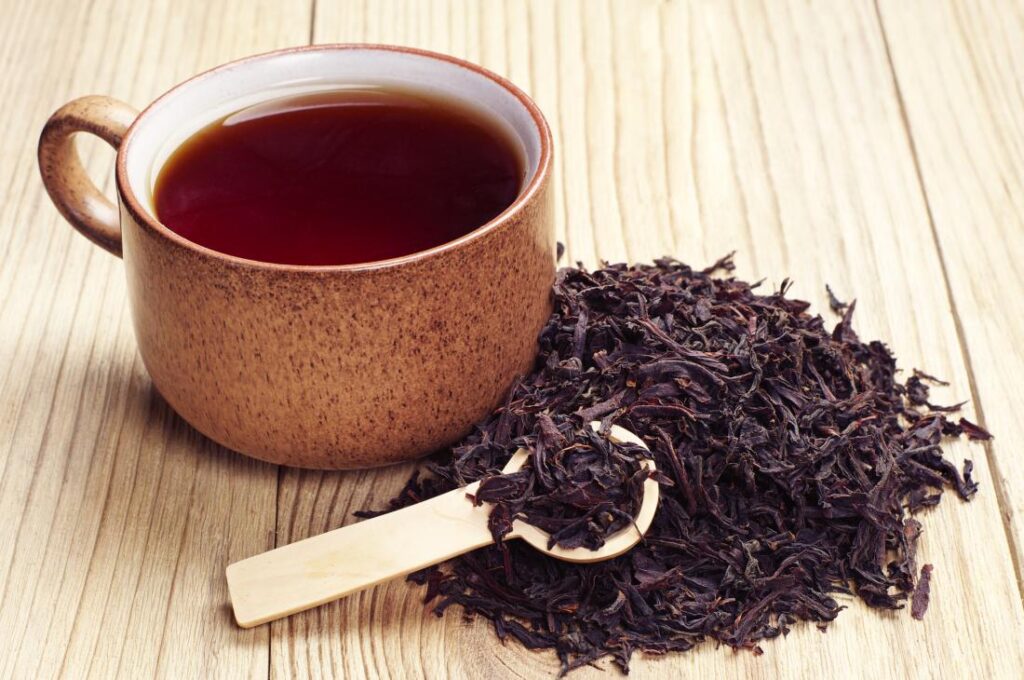
Black teas are all told likely the foremost common on the market. It is consumed up to 85% of the total tea in the western world. This tea is fully oxidized with a dark appearance. These teas are very centered and consumed with energy, are bold, and typically harmful.
In distinction to white, green, or oolong, the black teas used are classified by the grading system. for example, tea (OP) refers to tea leaves packed with leaves, whereas BOP indicates broken tea leaves. Usually, the more tons of the leaf is crushed/broken, the stronger the brew becomes. Black teas operate the thought as the most popular odorous tea containing Earl Grey. In China, this tea is declared as red tea as a result of its color once it’s brewed.
Popular Varieties of Black Tea
1. Assam tea
2. Darjeeling tea
3. English breakfast tea
Pu-erh Tea
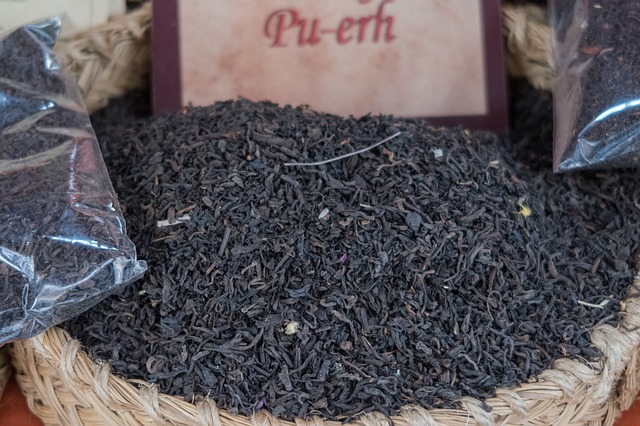
This section of the of Tea types will introduce a lesser-known tea. Pu-erh tea is traditionally processed in China’s Yunnan province by a process of microbial fermentation. One can expect the smoothness, depth, richness, earthiness, and maturity in its taste. It is made from green leaves or black tea leaves. It contains high amounts of caffeine which is almost identical to black tea.
Popular Varieties of Pu-erh Tea
1.Maocha
2.Green/raw Pu-erh
3. Old Pu-erh
4. Ripened/Cooked Pu-erh
Conclusion
With this, we have come to the end of this elementary classification of tea. This high-level tea categorization will definitely give your tea journey a good start with an understanding of the tea world. There are a lot of different varieties of tea in today’s world with ever-growing experiments. The most famous ones are flavored and herbal tea. However, the base will always remain the above-explained tea classification.

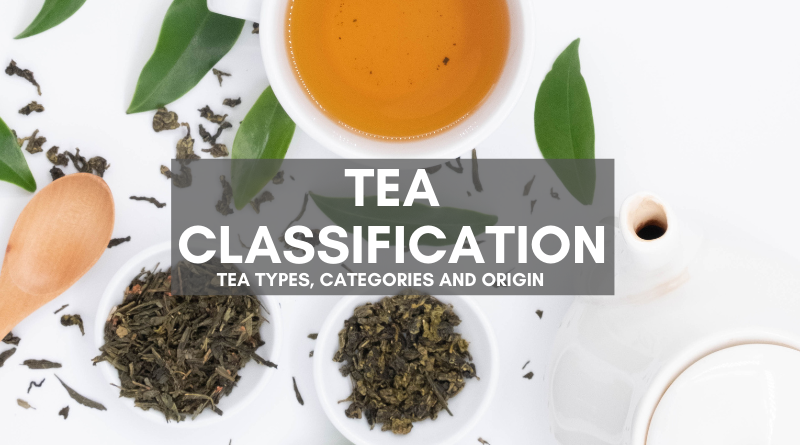
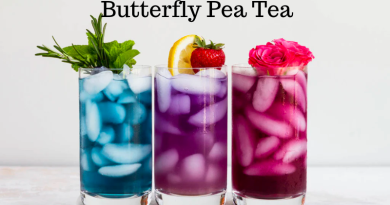
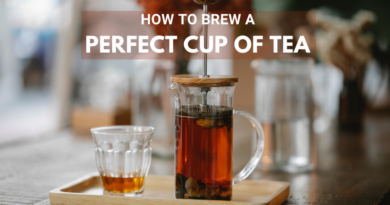
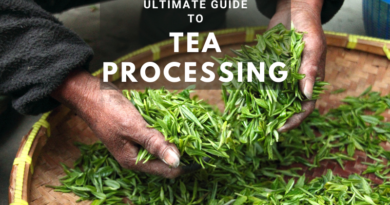
Pingback: The Ultimate Guide to Tea Processing Wine Tea Coffee
Pingback: The Vibrant Indian Tea Culture: A Fusion of Tradition & Modernization Wine Tea Coffee
Pingback: Top Things To Know Before You Brew a Perfect Cup of Tea Wine Tea Coffee
Pingback: Top Indian Tea Versions: Different Styles of Indian Tea Wine Tea Coffee
Pingback: 10 Energising Herbal Teas & Their Benefits Wine Tea Coffee
Pingback: Tea Infuser: The Complete Guide Wine Tea Coffee